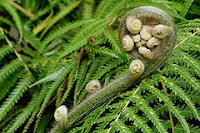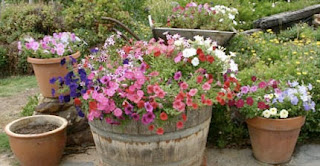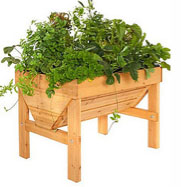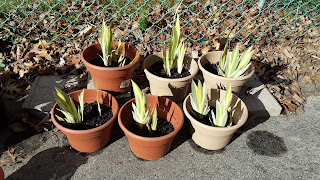It’s much easier today to dry large whole flower heads by using an old window screen. Poke holes in the screen and space out the blooms by inserting them so the stems hang down and the petals lay flat; you can do more for flower projects. Be sure to place books or bricks under the edge to raise your screen up to allow air to circulate from top and bottom. After they are completely dry spray with hair spray or varnish to preserve and help prevent them from falling apart. Try drying chives, marigolds, chrysanthemums, roses, cornflower and aster with this method because they all have large flower heads. All other herbs with small flowers like lavender can be cut and tied into small bunches to be hung up to dry. Place them in a attic, spare room, closet or shed out of direct sunlight for 2 to 5 weeks. Check them often and be sure to leave space between to allow air to circulate between them. Herbs for tea also require a warm dry place if you choose to air dry. You could cut or pick off the leaves, place on a cookie sheet and dry on the lowest setting in an oven. Try mint, parsley and bee balm. Once the leaves are dry store them in a jar out of light.
PRESERVING WITH GLYCERIN is also easy to do for stems of leaves or greenery in arrangements. Buy a bottle of glycerin at your local drug store, mix 2/3 cup to 1/3 cup of boiling water and place in a tall jar. Stand the cut leaf material upright in the jar. Remove all the bottom leaves and make some cuts in the stems to help them absorb the solution. If the leaves are large you may need to use a 50/50 mixture. Place them out of light in a dry place for 2 weeks and check often. It may take some as long as 5 weeks to absorb the solution. Good for preserving whole fern fronds, smaller stems with colorful red leaves like those from Purple sand cherry or gray Lambs Ears.
PRESSING flowers is another way to preserve them for craft purposes and is simple to do with a large amount of books and newspapers. Layer the blooms and leaves you want to press in between paper towels and newspaper to absorb the moisture, then pile some magazines or large books on top to create a press. Leave for a few weeks and check for dryness. You can purchase a press or use the method above as both work just as well. Use pressed flowers to decorate cards, bookmarks, or framed art. Glue to trays, tables or other small furniture to make a bold new look on old or recycled items. Be sure to seal with water based sealer or varnish to protect.








